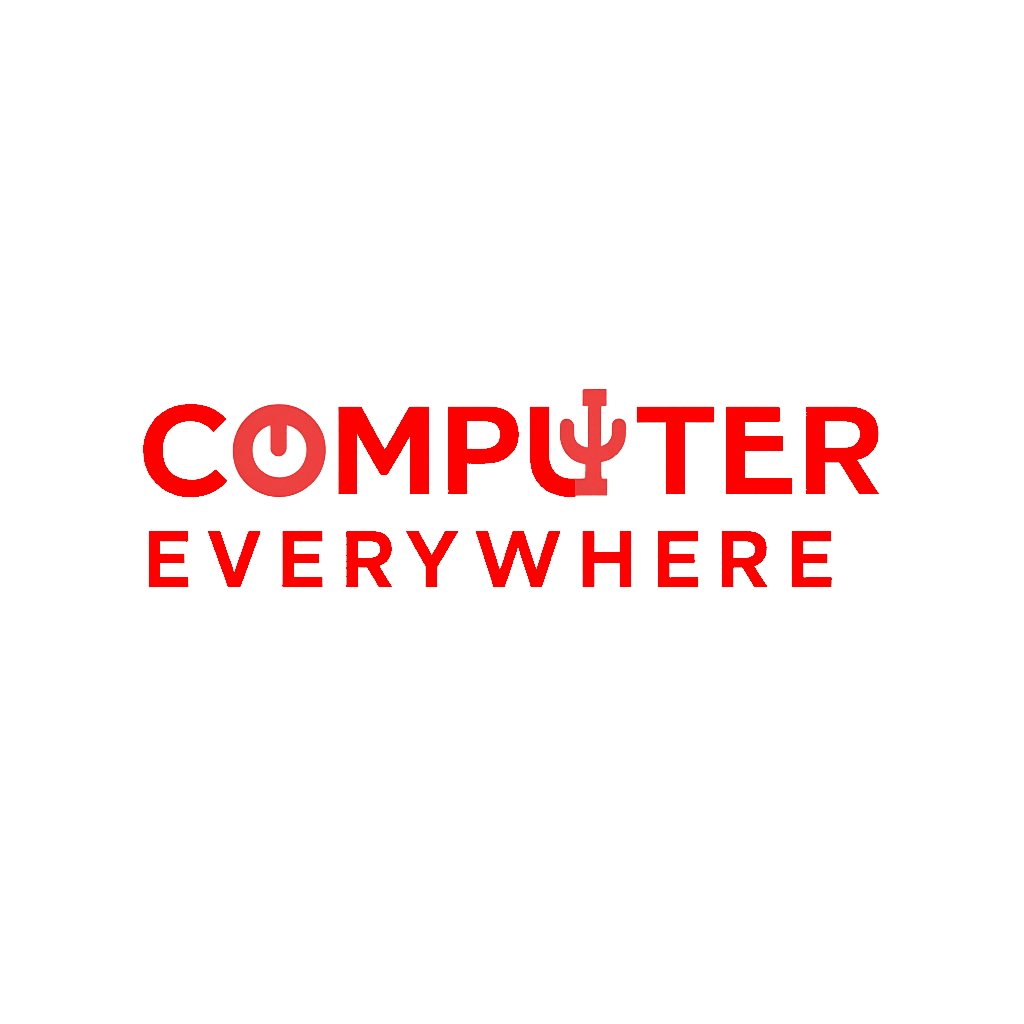Your cart is currently empty!
How to Create Disk Clone in Windows Easily
Cloning a disk in Windows isn’t just for tech pros—it’s something anyone can do with the right tool and a few clear steps. Whether you’re upgrading to an SSD, backing up your system, or preparing a new PC setup, disk cloning saves time and avoids the hassle of reinstalling everything from scratch.
Here’s how to create a disk clone in Windows the easy way.
What Is Disk Cloning?
Disk cloning is the process of copying all data from one hard drive (HDD or SSD) to another. It includes the operating system, software, settings, and files—everything.
Why clone a disk?
- Upgrade to a larger or faster drive without reinstalling Windows
- Create a full system backup
- Set up identical systems quickly
What You’ll Need
- A second drive (SSD or HDD) with enough space
- A USB-to-SATA adapter or drive bay (for laptops)
- Cloning software (free or paid)
Recommended Tools:
- Macrium Reflect (Free version available)
- EaseUS Todo Backup
- AOMEI Backupper Standard (Free)
Step-by-Step: How to Clone a Disk in Windows
Step 1: Backup Important Files
While cloning is generally safe, it’s smart to back up any irreplaceable files just in case.
Step 2: Install Your Cloning Software
Download and install your preferred tool. For this guide, we’ll use Macrium Reflect Free.
Step 3: Connect the New Drive
Use a SATA-to-USB cable or install the drive inside your PC. Make sure Windows recognizes the new drive before proceeding.
Step 4: Launch the Cloning Tool
Open Macrium Reflect and locate your current system disk.
- Click “Clone this disk”
- Choose your target disk (the new one)
Step 5: Start the Clone
- Review the partition layout
- Click “Next”, then “Finish”
- Confirm and start the cloning process
This may take anywhere from 15 minutes to a few hours, depending on the drive size and speed.
After the Clone
Once the clone is complete:
- Shut down your PC
- Replace the old drive with the new one (if applicable)
- Boot up and verify everything works
If Windows doesn’t boot, you might need to adjust boot order in the BIOS.
Final Tips
- Keep the cloned drive as a backup if you’re not replacing the original
- Re-run the clone process every few months for full system backups
- For SSDs, make sure alignment is correct (Macrium handles this automatically)
Wrap-Up
Disk cloning in Windows is easier than ever. With a simple tool and a bit of patience, you can save hours of reinstalling, reconfiguring, and redownloading. Whether you’re upgrading hardware or just want peace of mind, cloning your disk is a smart move.

Tech enthusiast and content creator passionate about making technology simple for everyone. I share practical tips, guides, and reviews on the latest in computers, software, and gadgets. Let’s explore the digital world together!

